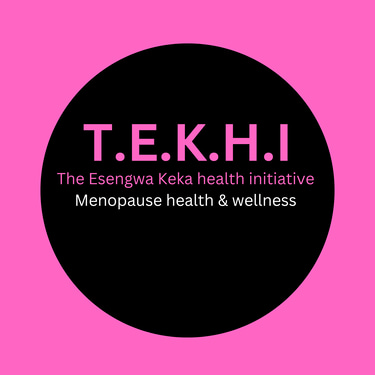Managing Hot Flushes: Five Effective Strategies for Relief
Wondering what to do immediately those hot flushes come knocking? Read to find out!


Understanding Hot Flushes
Hot flushes, also known as hot flashes, are a common symptom experienced by many women during menopause. They are characterized by a sudden feeling of intense heat, often accompanied by sweating, rapid heartbeat, and flushing of the face and neck. Hot flushes can be uncomfortable and disruptive, but there are several steps you can take to find relief. Here are five things you can do immediately when you start experiencing hot flushes:
1. Dress in Layers
One of the simplest ways to manage hot flushes is to dress in layers. Wearing lightweight, breathable fabrics such as cotton or linen can help regulate your body temperature. Layering allows you to easily remove or add clothing as needed when a hot flush occurs. Opt for loose-fitting clothes that allow air to circulate and avoid tight or restrictive clothing that may exacerbate the symptoms.
2. Practice Deep Breathing
Deep breathing exercises can be highly effective in reducing the intensity and frequency of hot flushes. When you feel a hot flush coming on, take slow, deep breaths in through your nose and out through your mouth. Focus on filling your diaphragm with air and exhaling fully. Deep breathing helps activate the body's relaxation response, reducing stress and promoting a sense of calm.
3. Stay Hydrated
Drinking plenty of water throughout the day can help regulate your body temperature and minimize the severity of hot flushes. Dehydration can worsen hot flushes, so it's important to stay hydrated by sipping water regularly. Avoid caffeine, alcohol, and spicy foods, as they can trigger hot flushes in some individuals. Opt for cool beverages and foods that have a high water content, such as fruits and vegetables.
4. Try Herbal Remedies
Many women find relief from hot flushes by using herbal remedies. Some popular options include black cohosh, evening primrose oil, and red clover. These herbs have natural compounds that may help regulate hormone levels and reduce the frequency and intensity of hot flushes. However, it's important to consult with a healthcare professional before starting any herbal supplements, as they may interact with other medications or have contraindications.
5. Practice Stress Reduction Techniques
Stress can trigger or exacerbate hot flushes, so finding effective stress reduction techniques can be beneficial. Engaging in activities such as yoga, meditation, or tai chi can help promote relaxation and reduce stress levels. Regular exercise, such as walking or swimming, can also have a positive impact on hot flushes. Additionally, getting enough sleep and practicing good sleep hygiene can help reduce stress and improve overall well-being.
Conclusion
Experiencing hot flushes can be uncomfortable, but there are steps you can take to find relief. Dressing in layers, practicing deep breathing, staying hydrated, trying herbal remedies, and practicing stress reduction techniques can all help alleviate the symptoms of hot flushes. It's important to remember that what works for one person may not work for another, so it may take some trial and error to find the most effective strategies for managing your hot flushes. If your symptoms are severe or significantly impacting your quality of life, it's always a good idea to consult with a healthcare professional for further guidance and support.
www.tekhiglobal.com
